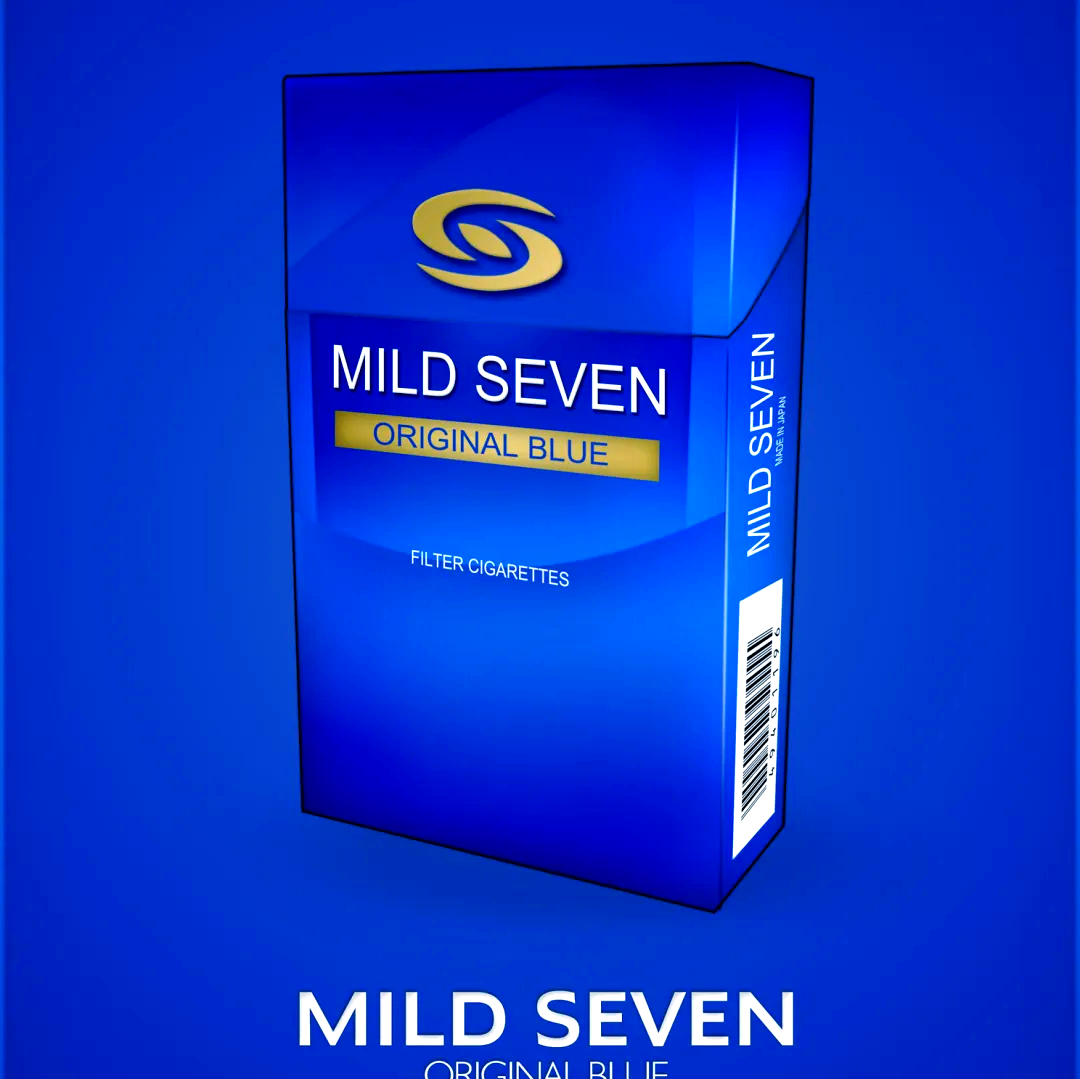Title: Tobacco Use Exacerbates Cholecystitis Symptom Intensity: Mechanisms and Implications
Cholecystitis, the inflammation of the gallbladder, is a painful and potentially serious condition often associated with gallstones. Common symptoms include severe abdominal pain, nausea, vomiting, fever, and tenderness in the upper right quadrant of the abdomen. While gallstones are the primary cause, emerging evidence highlights that lifestyle factors, particularly tobacco use, significantly worsen the intensity and progression of cholecystitis symptoms. This article explores the multifaceted relationship between tobacco consumption and the exacerbation of cholecystitis, delving into the physiological mechanisms, clinical evidence, and broader health implications.
The Pathophysiology of Cholecystitis
To understand how tobacco influences cholecystitis, one must first grasp the disease's fundamentals. The gallbladder stores and concentrates bile, a digestive fluid produced by the liver. When bile becomes overly concentrated, it can form gallstones, which may obstruct the cystic duct—the tube through which bile leaves the gallbladder. This obstruction leads to a buildup of bile, causing inflammation, increased pressure, and potential bacterial infection. This acute inflammatory response characterizes cholecystitis. In chronic cases, repeated episodes of inflammation can lead to gallbladder thickening, scarring, and loss of function.
Tobacco: A Catalyst for Inflammation and Dysfunction
Tobacco smoke contains over 7,000 chemicals, including nicotine, carbon monoxide, and numerous carcinogens. These compounds exert systemic effects that directly and indirectly aggravate cholecystitis.

1. Nicotine and Bile Composition:Nicotine, a primary addictive component in tobacco, has been shown to alter the composition of bile. Studies indicate that nicotine increases cholesterol saturation in bile. Cholesterol is a key component of most gallstones. Higher saturation levels promote the nucleation and growth of cholesterol crystals, facilitating gallstone formation. Thus, smokers are at a higher risk of developing gallstones, the primary precursor to cholecystitis. Even in existing cases, continued tobacco use can accelerate stone growth, increasing the likelihood of cystic duct obstruction and inflammatory episodes.
2. Impaired Gallbladder Motility:Normal gallbladder function relies on coordinated contractions to eject bile into the digestive tract. Nicotine interferes with this process by disrupting the autonomic nervous system, which regulates gastrointestinal motility. It causes dysregulation in the release of cholecystokinin (CCK), a hormone that stimulates gallbladder contraction. Smokers often exhibit reduced gallbladder emptying efficiency, leading to bile stasis. Stagnant bile is not only more prone to stone formation but also exacerbates inflammation during an acute cholecystitis attack by prolonging the exposure of the gallbladder wall to irritants and concentrated bile acids.
3. Systemic Inflammation and Oxidative Stress:Tobacco smoke is a potent inducer of systemic inflammation. It activates inflammatory pathways, increasing the production of pro-inflammatory cytokines such as TNF-α, IL-1β, and IL-6. In the context of cholecystitis, this systemic inflammation amplifies the local inflammatory response within the gallbladder. The organ becomes more sensitive to pain, and the edema (swelling) and ischemia (reduced blood flow) characteristic of cholecystitis are intensified. Furthermore, tobacco smoke generates oxidative stress through free radicals, which damage cellular membranes and tissues. The gallbladder epithelium, already under duress from inflammation, suffers additional injury, worsening symptoms like pain and nausea.
4. Vascular Effects and Tissue Ischemia:Nicotine is a vasoconstrictor, meaning it narrows blood vessels. This reduces blood flow to various tissues, including the gallbladder. In acute cholecystitis, obstruction and inflammation already compromise blood supply, leading to ischemia and potential necrosis (tissue death). Tobacco use exacerbates this ischemia by further constricting blood vessels, heightening the risk of complications such as gangrenous cholecystitis or gallbladder perforation. These severe complications are associated with more intense pain, higher fever, and a greater systemic inflammatory response.
5. Delayed Recovery and Increased Complication Rates:Clinical observations consistently show that smokers experience more severe forms of cholecystitis and have poorer outcomes. Post-surgical recovery, particularly after cholecystectomy (gallbladder removal), is often prolonged in smokers. Nicotine impairs wound healing and angiogenesis (formation of new blood vessels), delaying tissue repair. Additionally, smokers are more susceptible to postoperative infections, which can intensify pain and prolong hospitalization. The systemic burden of tobacco use means that patients often present with more advanced disease at diagnosis, requiring more complex medical or surgical intervention.
Clinical Evidence and Epidemiological Data
Several epidemiological studies support the link between tobacco and worsened cholecystitis symptoms. A large cohort study published in the Journal of the American Medical Association found that current smokers had a 2.5-fold increased risk of symptomatic gallstone disease compared to non-smokers. Another study in Gastroenterology reported that smokers undergoing cholecystectomy had significantly higher rates of complicated cholecystitis (e.g., empyema, gangrene) and required longer operative times. Patients who smoke also report higher pain scores on visual analog scales during acute attacks, indicating greater symptom intensity.
The Synergy with Other Risk Factors
Tobacco use rarely occurs in isolation. It often clusters with other behaviors that exacerbate cholecystitis, such as poor diet, alcohol consumption, and sedentary lifestyle. For instance, a diet high in fats and refined carbohydrates promotes cholesterol supersaturation in bile. When combined with tobacco-induced motility dysfunction, the risk of symptomatic cholecystitis skyrockets. This synergy creates a vicious cycle where multiple factors compound to produce more severe disease manifestations.
Implications for Treatment and Public Health
Recognizing tobacco as a modifiable risk factor for severe cholecystitis is crucial for clinical management. Healthcare providers should integrate smoking cessation programs into the treatment plan for patients with gallbladder disease. Preoperative smoking cessation, even for a brief period, can improve surgical outcomes and reduce complication rates. Public health initiatives must also highlight the link between tobacco and digestive diseases, expanding anti-smoking campaigns to address beyond the well-known risks like lung cancer and cardiovascular disease.
Conclusion
Tobacco use significantly raises the intensity of cholecystitis symptoms through multiple interconnected pathways: altering bile composition, impair motility, amplifying systemic inflammation, causing vascular constriction, and delaying healing. The evidence underscores the importance of smoking cessation as a critical component in preventing and managing cholecystitis. For patients suffering from gallbladder inflammation, quitting tobacco may not only alleviate the severity of painful symptoms but also reduce the risk of life-threatening complications, ultimately leading to better health outcomes and improved quality of life.









